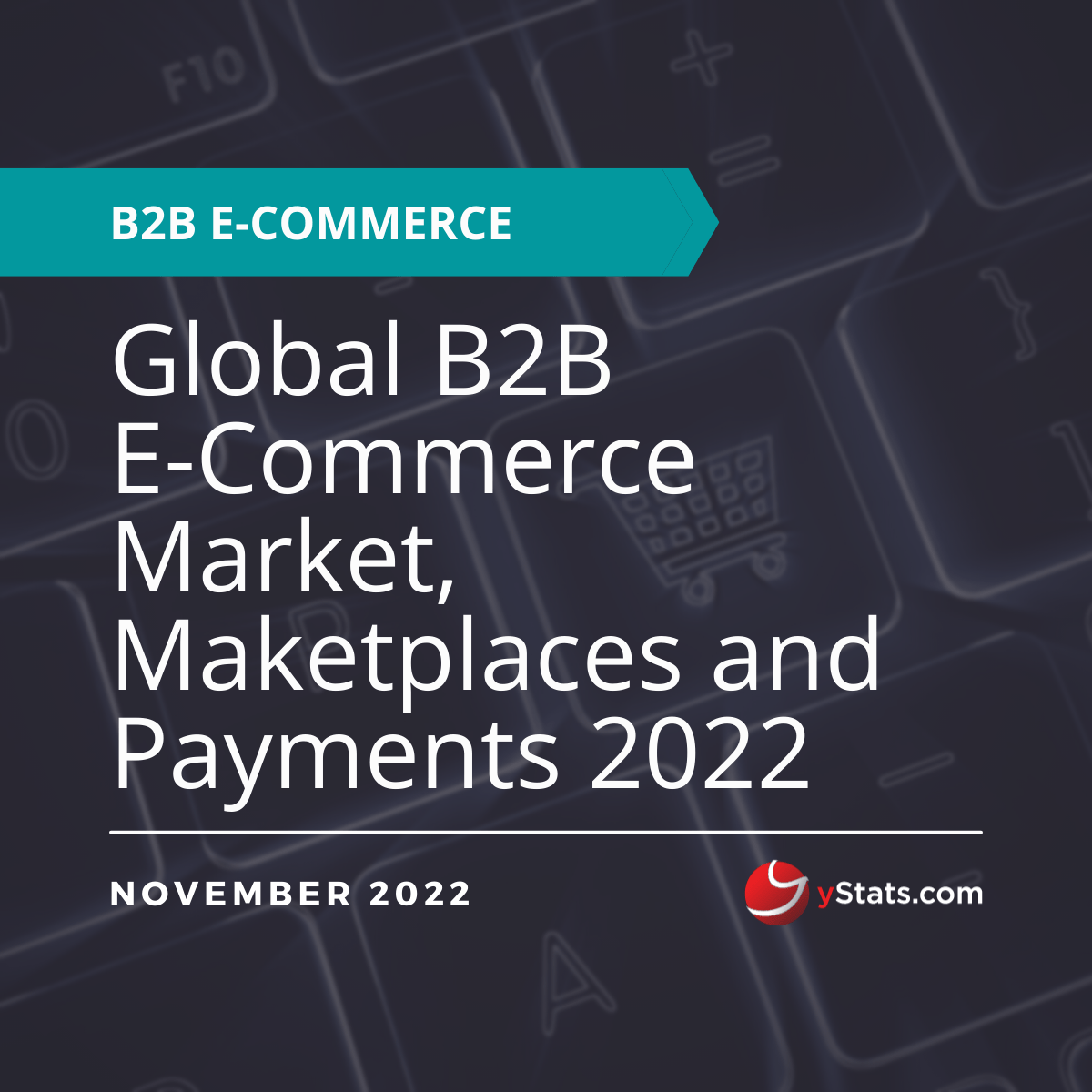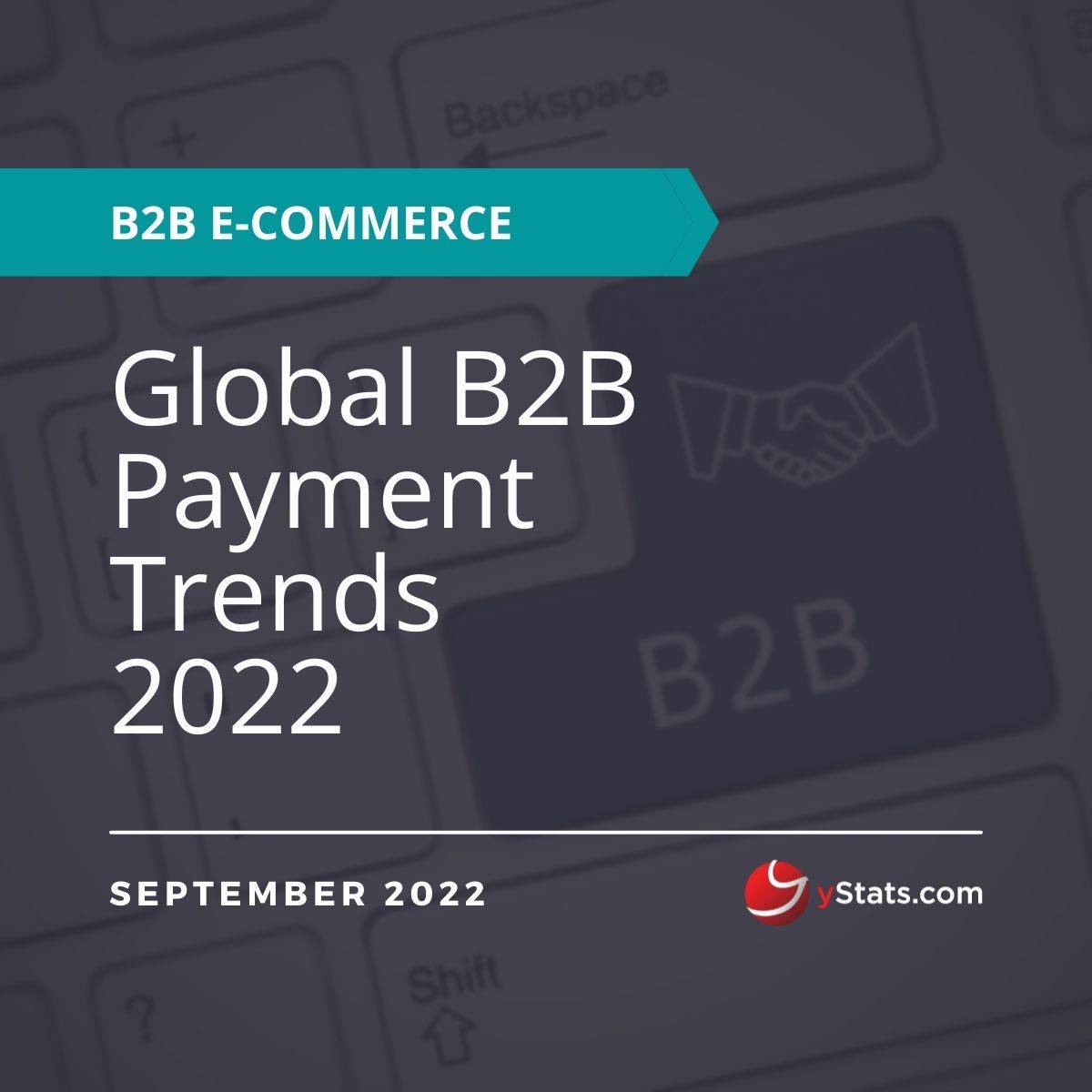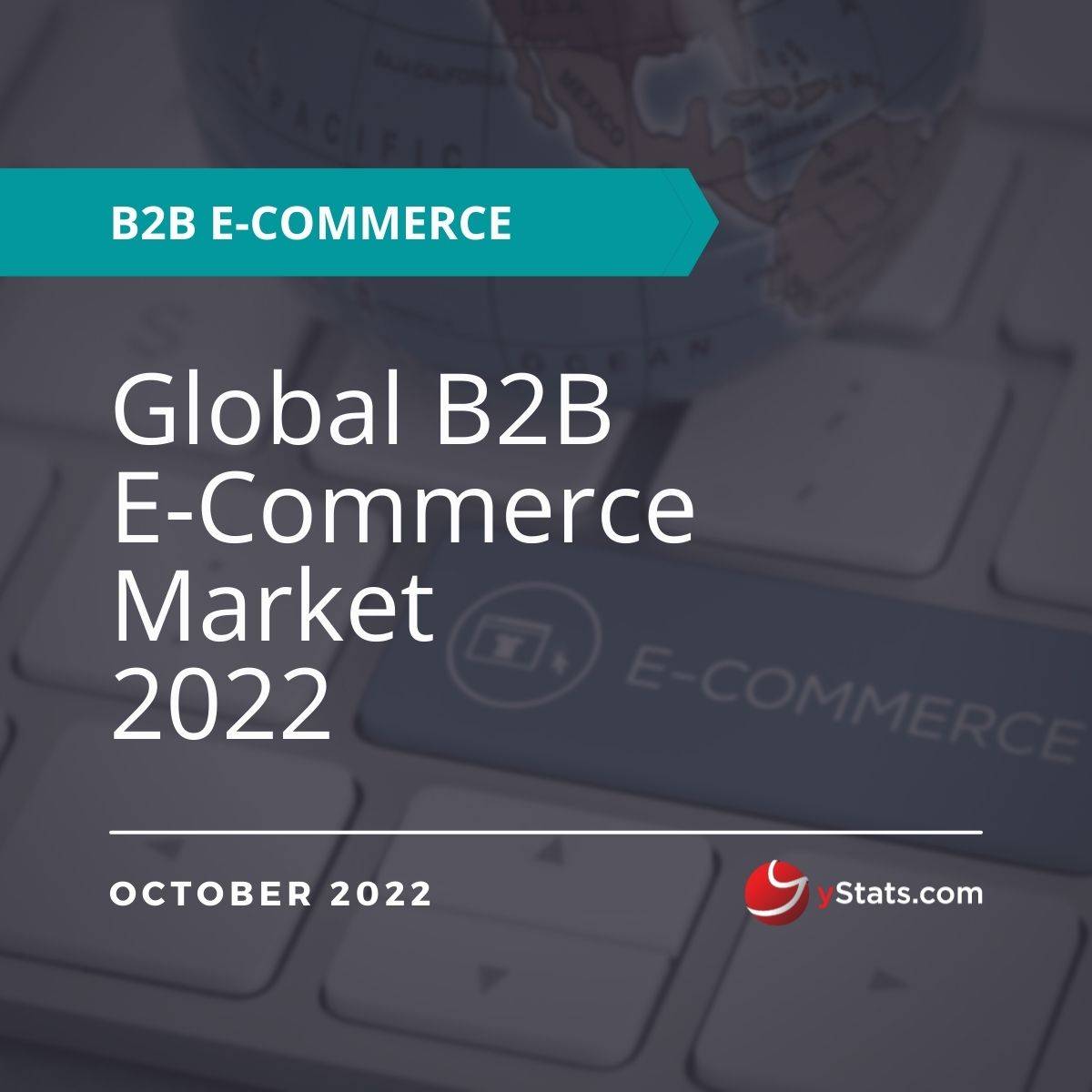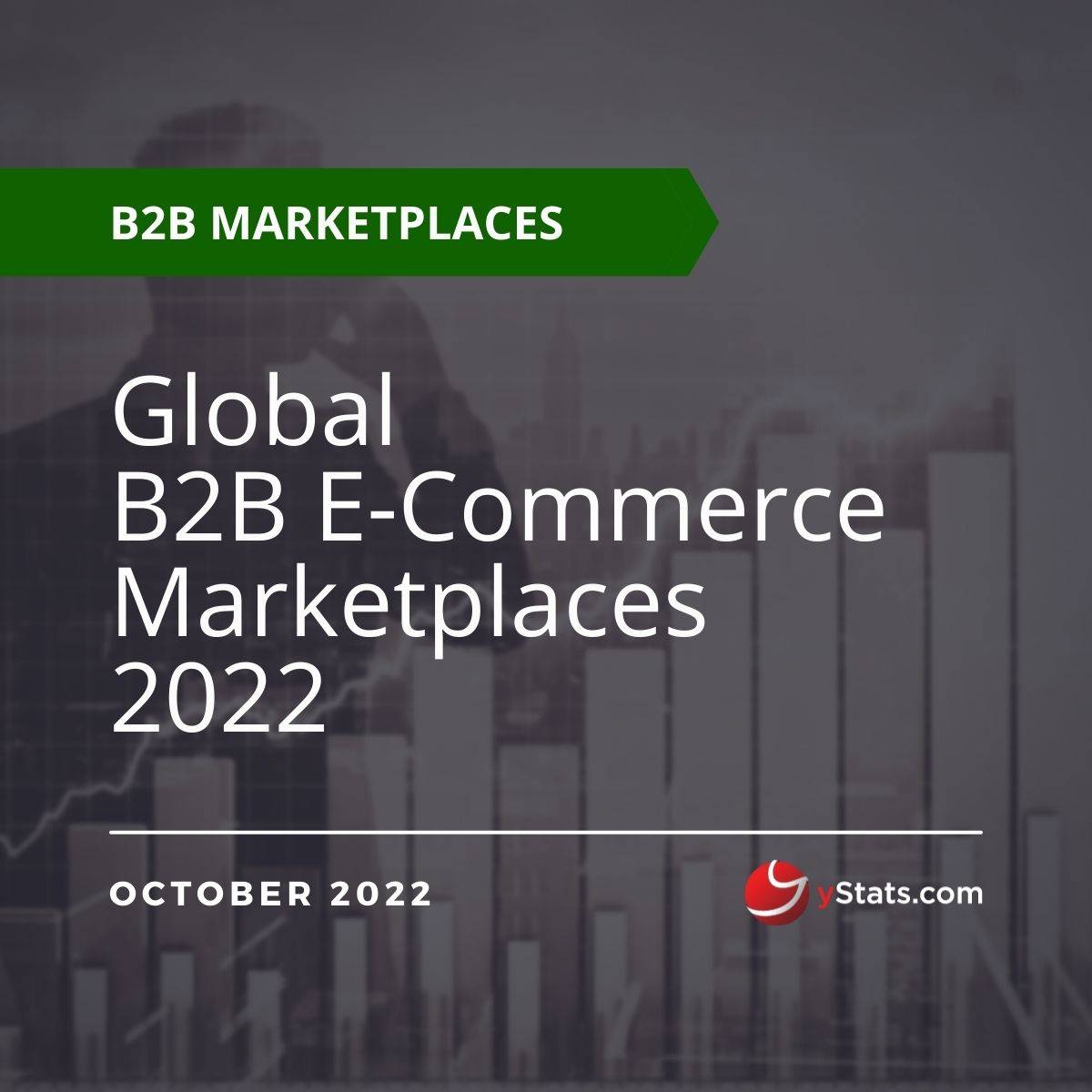Description
Countries Covered: Brazil, China, Germany, India, Indonesia, Italy, Japan, Mexico, Thailand, UK, USA.
Pages: 143
Publication Date: 15/11/2022
Questions covered in the report:
- What is the forecasted B2B payment market value globally by 2028?
- What are the top payment options that firms plan to make more available in the next 12 months?
- What were the most commonly used channels among B2B buyers worldwide to place an order in 2021?
- What are the expected B2B E-Commerce trends worldwide in 2022?
- What is the forecasted growth of B2B E-Commerce sales coming via marketplaces by 2025?
- What were the challenges encountered by the B2B buyers worldwide during the buying process in 2021?
Key Findings:
A growing shift among B2B buyers from traditional to online channels of purchase is forecasted to further drive the growth of the B2B payments market between 2020 to 2028: new yStats.com report.
As B2B E-Commerce platforms sparked a keen interest among B2B customers worldwide, the traditional landscape of B2B payments also underwent a change
The post-pandemic era has led to greater adoption of B2B E-Commerce among B2B buyers and sellers alike. As of 2022, most of the B2B sellers have moved their operations online as stated in the new yStats.com report. This rise in online presence is forecasted to increase B2B E-Commerce sales worldwide by 2027. With the increase in the use of digital channels among B2B customers, the B2B payments market is also witnessing expansion. The value of B2B payments is forecasted to witness a double-digit CAGR between 2020 and 2028, as stated in the new yStats.com report. Additionally, a majority of B2B buyers were already seen turning towards digital channels to make their purchases in 2021, whereas a certain percentage of B2B businesses are also forecasted to adopt online B2B payment services by 2025. Furthermore, payment systems are also estimated to be one of the top B2B E-Commerce technology investment areas in the year 2022. Additionally, tech trends such as AI, big data analytics, self-service portals, and business process automation will be seen dominating the B2B E-Commerce market and an increased number of sellers are investing in advanced technology to optimize their B2B E-Commerce platforms. These investments in advanced technology are also giving rise to heightened expectations of B2B customers. For instance, B2B firms now not only want a simple bank that allows for transactions between buyers and sellers, but they are also looking for other solutions such as data transparency, cash pooling, corporate-to-bank connectivity via bank portals as well as streamlined processes to open a bank account, as mentioned in the new yStats.com publication. Furthermore, a majority of the buyers give the same or higher weight to online channels as they do to traditional channels and therefore have high expectations of their vendor.
Despite the global expansion of the B2B E-Commerce market in light of the emerging technology trends, some challenges still remain
As the use of the B2B E-Commerce platforms increases, customer expectations revolving around it are seen to be undergoing a change. According to a source cited in the new yStats.com report, nearly two-thirds of B2B buyers expect to have a smartphone-based application to make their online purchases easy. With the help of technology, companies are also making changes to their payment landscape. B2B firms are now taking initiatives to embrace automation in their accounting tasks, with a majority of B2B respondents making use of technology to drive their accounting operations as of 2021. In addition to this, a certain percentage of the remaining B2B respondents are willing to adopt innovative technology solutions in the next 12 months, as per a source cited in the new yStats.com report. Despite these steps, B2B firms still experience challenges when it comes to paying vendors and receiving payments from them. For instance, more than half of B2B firms globally mentioned that receiving payments within the given time from vendors and suppliers was the top problem area in 2021. Apart from this, B2B clients also identified invoice reconciliation, working capital management, slow underwriting, and inability to offer supplier portals as some obstacles they faced while making payments to their suppliers in 2021. Furthermore, the majority of B2B consumers still face challenges with delivery and tracking, relations with suppliers, and the availability of product information and features ranking at the top of the list.






